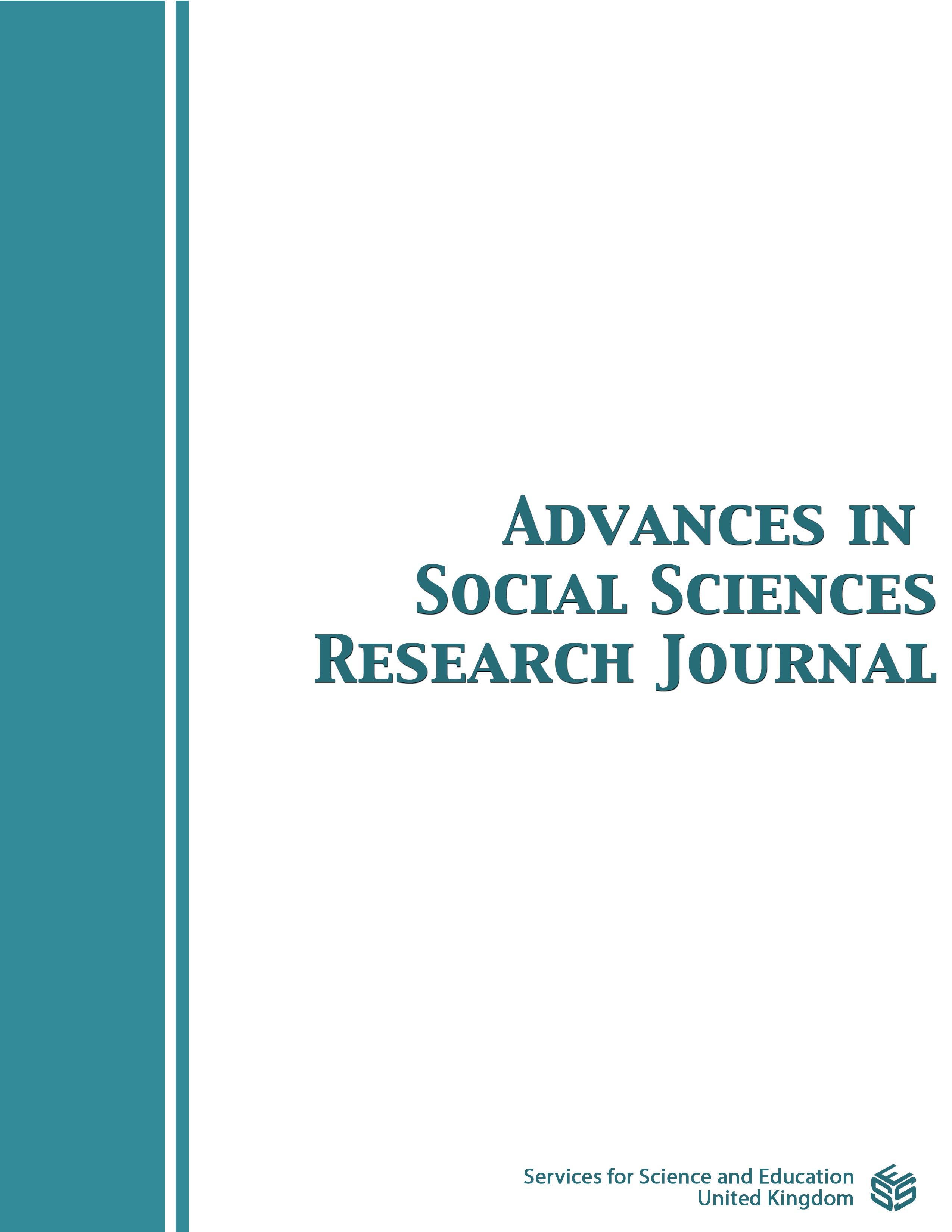Alcohol Policies in Pacific Islands Countries and Territories: A Scoping Review
DOI:
https://doi.org/10.14738/assrj.911.13394Keywords:
Pacific Islands Countries and Territories, Alcohol policies, and Alcohol taxation.Abstract
Alcohol has been a neglected health issue for many Pacific Islands Countries and Territories (PICT). This scoping review explores the current alcohol policies in PICT. This review utilises the 'Preferred Reporting Items for Systematic Review and Meta-Analyses for Scoping reviews' to search and screen for literature on alcohol policies. 64 Articles, ranging from 1963 to 2020, form the final data synthesis. The results of this review reveal that all PICT have some form of alcohol policy in place. Firstly all PICT have a legal drinking age in place, however it varies between 18 and 21 years. Many PICT have prohibitions on the presence of liquor outlets near workplaces, schools, and churches. Finally all PICT have an alcohol taxation scheme in place. The alcohol tax on spirits is generally higher than beer across all PICT. Unintended consequences of taxation schemes is an increase in home-brew consumption. Overall for some PICT, alcohol taxation did reduce alcohol consumption. There is a need for a co-ordinated regional response and recommendations for targeted domestic programming in PICT. Addressing government stability in the region and democratic process are areas that need to develop consistent, effective legislation and policy for the implementation of successful alcohol programmes.
Downloads
Published
How to Cite
Issue
Section
License
Copyright (c) 2022 Monleigh Ikiua, Vili Nosa

This work is licensed under a Creative Commons Attribution 4.0 International License.
Authors wishing to include figures, tables, or text passages that have already been published elsewhere are required to obtain permission from the copyright owner(s) for both the print and online format and to include evidence that such permission has been granted when submitting their papers. Any material received without such evidence will be assumed to originate from the authors.






